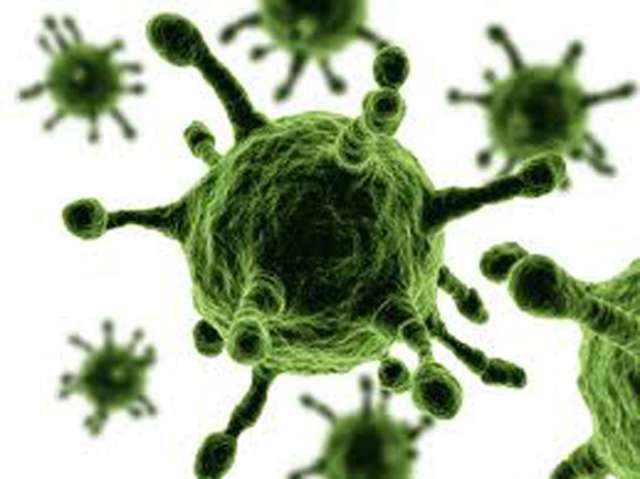The virus is called HERV-K, and it incorporated itself — permanently — into the human genome between 2 and 5 million years ago. It`s a human endogenous retrovirus — an example of nature`s own genetic engineering.
Retroviruses — like the human immune deficiency virus (HIV) that causes AIDS — inject their own genetic material into cells. Sometimes, they stay there forever.
"WHEN YOU TREAT THEM WITH ANTI-HIV DRUGS, THEY GET BETTER."
Because they`re part of the DNA, they are passed down from generation to generation in the same way as genes for eye color or height. Experts estimate that these viruses make up as much as 8 percent of the human genome.
Usually they just sit there doing nothing. But some have been blamed for causing some types of cancer and autoimmune diseases such as multiple sclerosis. HERV-K is suspected of playing a part in the development of breast cancer, for instance.
Dr. Avindra Nath, originally an AIDS researcher, knew that some patients with HIV have a syndrome that resembles ALS — which gradually paralyzes and kill patients as their nerve cells die.
"When you treat them with anti-HIV drugs, they get better," Nath, now at the National Institute for Neurological Disorders and Stroke, told NBC News.
He got curious when he learned that some patients with amyotrophic lateral sclerosis (ALS, or Lou Gehrig`s disease) showed evidence of retrovirus activity in their blood.
Nath`s team examined ALS patients and found that in some, HERV-K was elevated. More tests showed the entire virus had come to life in these patients.
"The virus was expressed in cortical and spinal neurons of ALS patients, but not in neurons from control healthy individuals," they wrote in their report, published in Science Translational Medicine.
They put genes from the virus into mice, and the mice developed an ALS-like disease.
It`s not clear what`s activating the virus. Chemicals such as formaldehyde can raise the risk of ALS and so can physical trauma.
Their next step is to recruit patients with ALS who also have HERV-K activity and give them HIV drugs to see if they can reduce the HERV-K. It`s not clear what difference that might make, but it would be a first step and it might be possible to design drugs that specifically target HERV-K, Nath said.
What`s likely not possible is eliminating HERV-K from the genome. It`s been there since before humans were human and there is, in fact, a lot of it there. "There may be 90 copies of the thing in the human genome," Nath said.
Most copies are so mutated that they don`t work, but the virus has been found in tumors and in some people with schizophrenia. No living virus today looks just like it, but it appears to have been common millions of years ago, perhaps something like HIV or herpes today.
"Just the activation of the virus alone may not mean much," Nath said.
And it could have positive effects, too.
"There are some people who think that`s how evolution actually occurs - through the process of these repeated viral infections," Nath said.
"They get into the human genome and then once they get into the germline, the next offspring then has the DNA," he added.
"Then they seem to jump around. They cut and splice themselves." The viruses actually move from place to place within the genetic code.
"They can really change the genome."
Nath also points out that such findings demonstrate the benefits of working across the borders of disease-specific research. He was working on the neurological effects of HIV and wasn`t thinking about ALS at first.
"Taking money away from one disease and putting it towards another doesn`t help anyone," he said. "We should just fund the best science."
More about:
















































